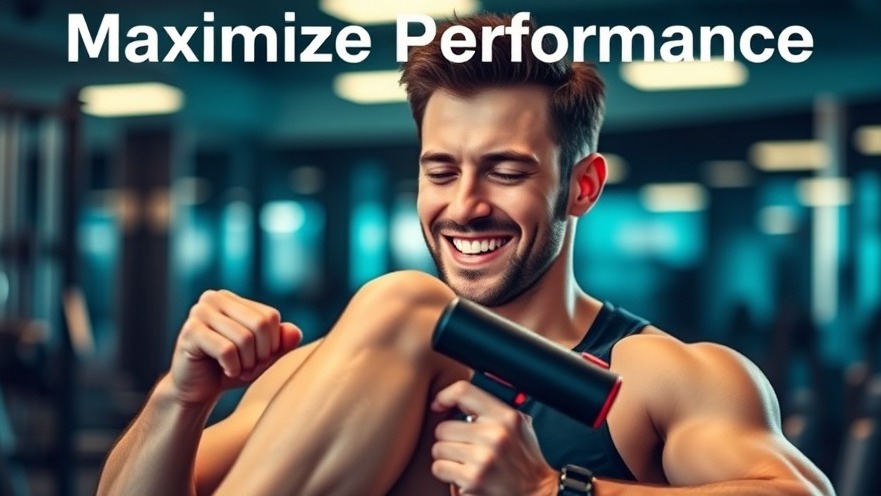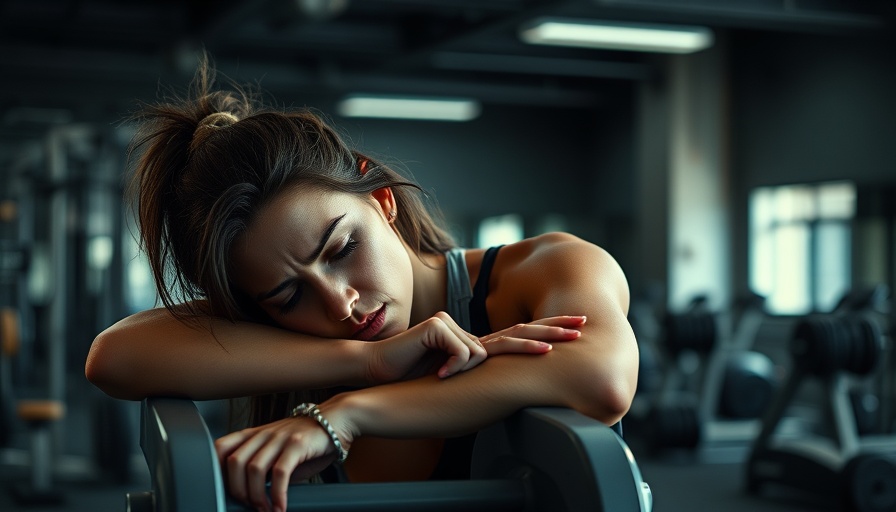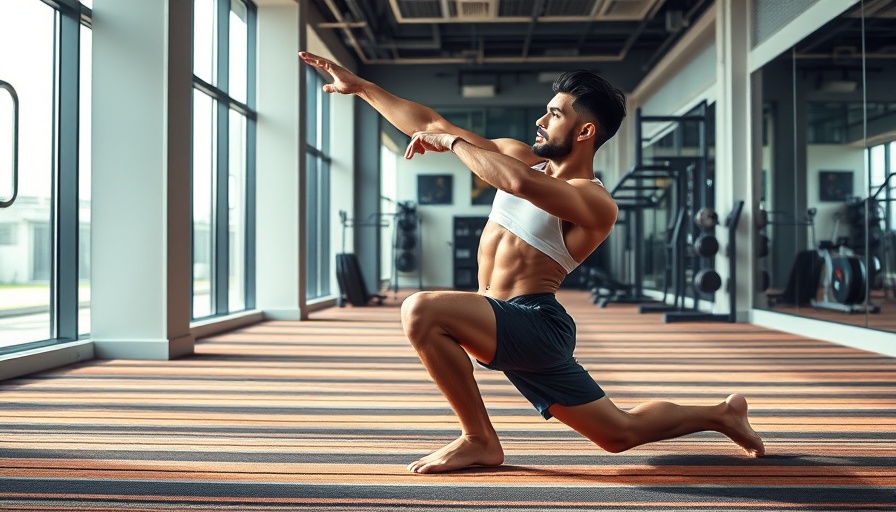
Say Goodbye to Calf Pain: Master Your Massage Gun Technique
Are you struggling with tight calf muscles after a long hike or an intense workout? Using a massage gun can significantly help alleviate muscle discomfort and enhance recovery. In this article, we'll provide you with essential tips on how to effectively use your massage gun on your calf muscles. Whether you’re a seasoned athlete or just looking to relieve daily tension, the following guidance will ensure you get the most out of your massage sessions.
Understanding Your Calf Muscles
Before diving into the specific techniques, it’s crucial to understand the anatomy of your calf muscles. The calf is primarily composed of two muscles: the gastrocnemius and the soleus. These muscles play a vital role in movements like running, jumping, and walking. Tightness in these areas can lead to discomfort and limit mobility, making it essential to address them properly.
Choosing the Right Massage Gun Attachment
The effectiveness of your massage gun largely depends on the attachment you use. Here are some recommendations for your calf massage:
Big Round Head Attachment: Ideal for larger muscle groups, offering a gentle yet effective massage.
Small Round Head Attachment: Perfect for targeting specific tender areas and for those who are new to massage guns.
Air-filled (Pneumatic) Attachment: Gentle and ideal for sensitive muscle areas.
Bullet Head Attachment: Aggressive and effective for treating knots, making it suitable for trigger points in your calves.
By selecting the right attachment, you can ensure a more effective and comfortable massage experience.
How to Use Your Massage Gun Effectively
Using a massage gun is straightforward, yet certain techniques can enhance its effectiveness:
Position Yourself: Sit comfortably so that you can easily access your calf muscles.
Start from the Bottom: Begin at the lower muscles near the ankle and work your way up towards the knee.
Gentle Pressure: Start with a lower speed setting and increase as needed. Avoid pressing too hard to prevent discomfort.
Monitor Soreness: If you encounter sore spots, spend extra time massaging those areas to relieve tightness.
Incorporate Movement: For added benefit, incorporate foot movements — flex and point your toes while massaging to release tension.
Common Mistakes to Avoid
While using a massage gun, some common pitfalls can hinder your recovery:
Too Much Pressure: Applying excessive force can lead to bruising. Always start gently and observe how your body reacts.
Ignoring Pain Signals: If you feel sharp pain, stop immediately. Differentiate between discomfort and actual pain to prevent injury.
Massaging Over Bony Areas: Always avoid bony structures like your shin. Focus on the muscle itself for the best results.
Benefits of Regular Massage Gun Use
Incorporating a massage gun into your fitness routine can offer numerous benefits, such as:
Increased Blood Flow: Enhanced circulation promotes quicker healing of sore muscles.
Reduced Muscle Tension: Regular use can help relieve tightness, allowing for better range of motion.
Faster Recovery: Ideal for athletes, it helps in speeding up recovery times post-exercise, letting you train harder.
When to Use Your Massage Gun
Timing is critical. Consider these points when scheduling your massage sessions:
Before Workouts: Use it as a warm-up tool to prep your muscles.
After Workouts: A post-workout massage can reduce soreness and expedite recovery.
On Recovery Days: Incorporating massage on off days can help maintain overall muscle health.
Practical Insights for Maximum Benefit
To maximize the potential of your massage gun, keep these tips in mind:
Experiment with different attachments to find what works best for your body.
Stay hydrated, as proper hydration is crucial for muscle recovery.
Integrate stretching and strength exercises alongside your massage routine for comprehensive muscle care.
In essence, using your massage gun on your calves can be a game-changer for your athletic performance and overall wellness. Remember to listen to your body, maintain proper technique, and adjust according to your comfort levels.
Take the First Step Toward Better Recovery
Integrating these massage techniques into your routine can yield substantial benefits, improving your mobility and reducing muscle pain. Ready to experience relief? Start using your massage gun today and discover a healthier, more active life.
 Add Row
Add Row  Add
Add 




Write A Comment